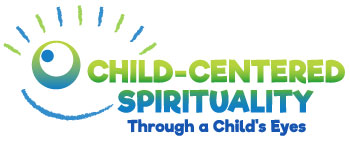I saw the movie “The Fault in Our Stars” this week after a friend recommended it. When I arrived at the 1:00 matinee, it was a lot of teenagers and me (ancient, by comparison). One group of five girls came in and sat down in front of me– prepared with a box of tissues.
The story line
Those of you without teenage girls in your life may not know the story line of “The Fault in Our Stars.” It’s a romance between two teenagers with cancer. Living in the face of death, they consider the afterlife and ask questions about the meaning of life that many of us are too afraid to ask.
The tough questions
Like, does the universe care about my suffering? And, what happens when you die? Does it matter what we leave behind, or only what we did with our time on earth? Or is all of it a cruel, pointless game?
Adults who watch this movie alongside the teens in their life can use questions like this as a springboard to more open dialogue about meaning, belief, relationships and pain. We can’t protect them from these kinds of questions forever– a point that the movie itself addresses in some of the on-screen conversations between parents and their teens.
The mysterious beauty

I appreciated how the film shows the beauty in the way pain can be transformed into something beautiful. The movie is a testament to that. Pain can also be transformed into something ugly as in the life of the author Van Houten.
The fact that we have all suffered, we all have lost something or someone we love, is something that unites us all.
[Note: I took the insightful questions above from a reader’s comment about the TFIOS book but I cannot find the comment to cite it.]
